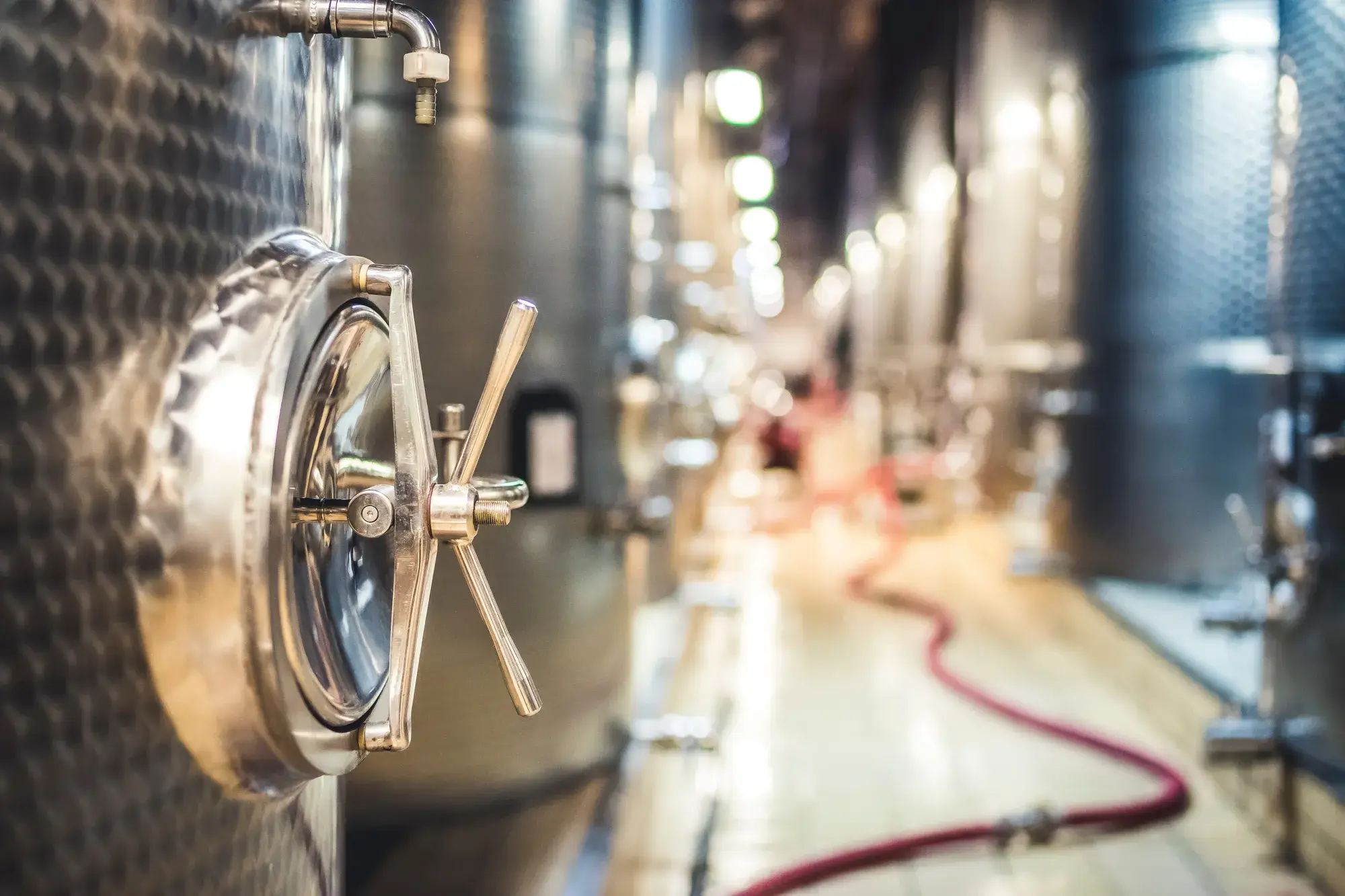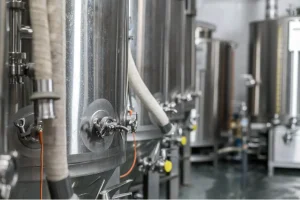The fermentation of beer is a process where the yeast will do some hard work. During this step it converts the sugars in the wort into alcohol and carbon dioxide. In addition, the yeast will also give flavors to the beer.
When you are brewing beer, you are making a wort containing sugars. You need these sugars for the yeast that you are pitching into the chilled wort at the end of brew day. From this point, you need to have some patience and, besides that, you must have faith in the yeast.
The yeast is the last stage of the brewing process and also one of the last factors that influence the character of the beer. The character might be a pretty dry beer or just a nice spicy one. It just depends on the yeast strain, and each strain has its own character. And that character will fit a specific beer style.
What is happening during fermentation?
During fermentation, the pitched yeast converts the fermentable sugars present in the wort into alcohol and carbon dioxide. Besides these two components, the used yeast strain might be able to give esters and other flavor components. An example of this is a yeast strain that gives the beer the taste of cloves. These hints of clove might fit the style of a good German Weizen.
After you pitch the yeast to the cooled wort, it will first adapt to the environment. Then it will multiply by dividing itself. In addition, the yeast will feast on all the sugars present. First, it will eat the simple sugars, and then it will move over to the more complex sugars.
Over time, a yeast cell simply dies and sinks to the bottom. But not all cells will die. In some cases, the yeast just becomes inactive because there aren’t any sugars left or it ran out of other nutrients. With heavier beers, it can therefore be wise to add yeast nutrition.
Using the right fermenter
The fermentation must take place in a closed container. We don’t want to have any oxygen that contacts the wort. Oxygen and open air might mean any unwanted bacteria. We need to protect the wort and yeast against the enemies. And you can protect your fragile wort by using a closed container. Usually this is a bucket or tank. By using an airlock the produced carbon dioxide can leave the fermenter, without oxygen being able to enter.
If you use a bucket or tank, it is useful when it contains a tap. This makes it easier to take samples of the beer in the meantime. By doing it this way you won’t have to open the lid. This will prevent any contact with oxygen and bacteria and thus not providing these two to have a chance to ruin the beer in the making.
Besides the fact that you can easily take samples, a tap also makes it easy to transfer the beer. A reason for transferring the beer might be to make your beer a bit clearer. Another reason is the transport of the beer to a bottling bucket, so that you can fill the bottles.
Stages of fermentation
There are three ‘stages’ in the fermentation:
- primary fermentation
- secondary fermentation
- re-fermentation
The primary fermentation takes place after pitching the yeast to the wort. Within 24 hours, the yeast becomes active and you will see a lot of activity in the airlock.
After a few days, the fermentation activity decreases, and there will be some bubbling every now and then. This signals the end of the primary fermentation, and it’s a good time to transfer the young beer to another vessel and add hops if necessary. This stage is called the secondary fermentation.
When the fermentation activity has completely stopped, you can start bottling the beer. To add carbonation to the beer, you add a little priming sugar when bottling. The yeast that is still in the beer will eat these sugars and form a small amount of alcohol and carbon dioxide. This is called the re-fermentation.
Ensure the right fermentation conditions
It is important to allow fermentation to take place under the right conditions. For example, if the temperature is too high, there is a chance that the yeast will produce higher alcohols. Additionally, the yeast may produce more fruity esters, which is not always desirable.
When the temperature is too low, the yeast may become less active and may even become completely inactive after a while. In such cases, you can solve the problem by moving the fermenter to a warmer spot.
With all of that said, I would say that it’s best to control the fermentation process. You can do this by using a climate-controlled fermentation cabinet. This is usually a converted refrigerator that you can regulate with a temperature controller. When the temperature is too high, the refrigerator turns on, and when the temperature gets too low, the controller activates a heat source.


